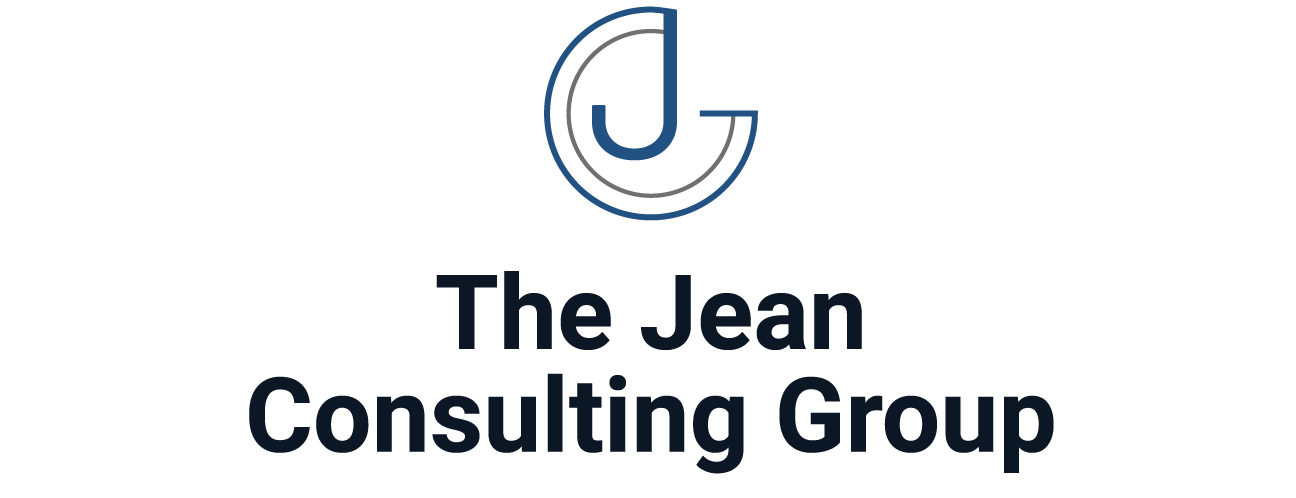Effective feedback and review mechanisms are essential components of organizational success, facilitating continuous improvement, fostering employee development, and ensuring accountability. As such, the development of comprehensive policies and handbooks that address feedback and review mechanisms is crucial. This article explores the significance of integrating feedback and review mechanisms into organizational policies and handbooks, offering guidance on creating documents that promote transparency, communication, and growth within the organization.
Understanding Feedback & Review Mechanisms
Feedback and review mechanisms encompass processes for providing constructive feedback, evaluating performance, and facilitating ongoing communication between managers and employees. These mechanisms serve multiple purposes, including identifying strengths and areas for improvement, setting performance expectations, recognizing achievements, and addressing performance issues proactively. By establishing clear feedback and review processes, organizations can enhance employee engagement, promote professional growth, and drive organizational success.
Key Components of Feedback & Review Mechanisms
When developing policies and handbooks that address feedback and review mechanisms, organizations should consider including the following key components:
- Performance Evaluation Procedures: Guidelines and criteria for conducting performance evaluations, including performance metrics, evaluation forms, and timelines for review cycles.
- Feedback Channels: Various channels and mechanisms for providing feedback, including one-on-one meetings, performance reviews, 360-degree feedback, and formal feedback sessions.
- Goal Setting and Development Planning: Processes for setting SMART (Specific, Measurable, Achievable, Relevant, Time-bound) goals, creating development plans, and tracking progress towards objectives.
- Recognition and Rewards Programs: Policies and procedures for recognizing and rewarding exemplary performance, including awards, bonuses, promotions, and other forms of recognition.
- Conflict Resolution Mechanisms: Procedures for addressing conflicts or disagreements that may arise during feedback or review processes, including mediation, escalation procedures, and mechanisms for resolving disputes.
- Training and Development Opportunities: Provision of training and development opportunities to support employee growth and skill enhancement, including workshops, seminars, mentoring programs, and tuition reimbursement.
- Continuous Feedback Culture: Promotion of a culture of continuous feedback and open communication, encouraging regular dialogue between managers and employees and fostering a climate of trust and transparency.
- Documentation and Record-Keeping: Guidelines for documenting feedback, performance evaluations, and development plans in a consistent and organized manner, ensuring accuracy and compliance with legal requirements.
Strategies for Integrating Feedback & Review Mechanisms
To effectively integrate feedback and review mechanisms into organizational policies and handbooks, organizations can employ the following strategies:
- Dedicated Handbook Sections: Develop dedicated sections in the employee handbook that outline the organization’s feedback and review processes, including procedures, expectations, and resources for employees and managers.
- Training and Education Programs: Provide comprehensive training and education programs to educate employees and managers about feedback and review best practices, communication skills, and performance management techniques.
- Managerial Support: Offer training and resources to managers to help them conduct effective performance evaluations, provide constructive feedback, and support employee development and growth.
- Technology Integration: Leverage technology solutions such as performance management software, feedback tools, and communication platforms to streamline feedback and review processes and facilitate ongoing communication and collaboration.
- Employee Involvement and Engagement: Involve employees in the development and refinement of feedback and review processes, soliciting their input and feedback to ensure relevance, fairness, and effectiveness.
Conclusion
Integrating feedback and review mechanisms into organizational policies and handbooks is essential for promoting employee development, enhancing performance, and driving organizational success. By providing clear guidelines, resources, and support for feedback and review processes, organizations demonstrate their commitment to fostering a culture of continuous improvement and accountability. As organizations navigate the complexities of feedback and review, robust policies and handbooks serve as essential tools for facilitating communication, promoting growth, and maximizing the potential of every employee.




